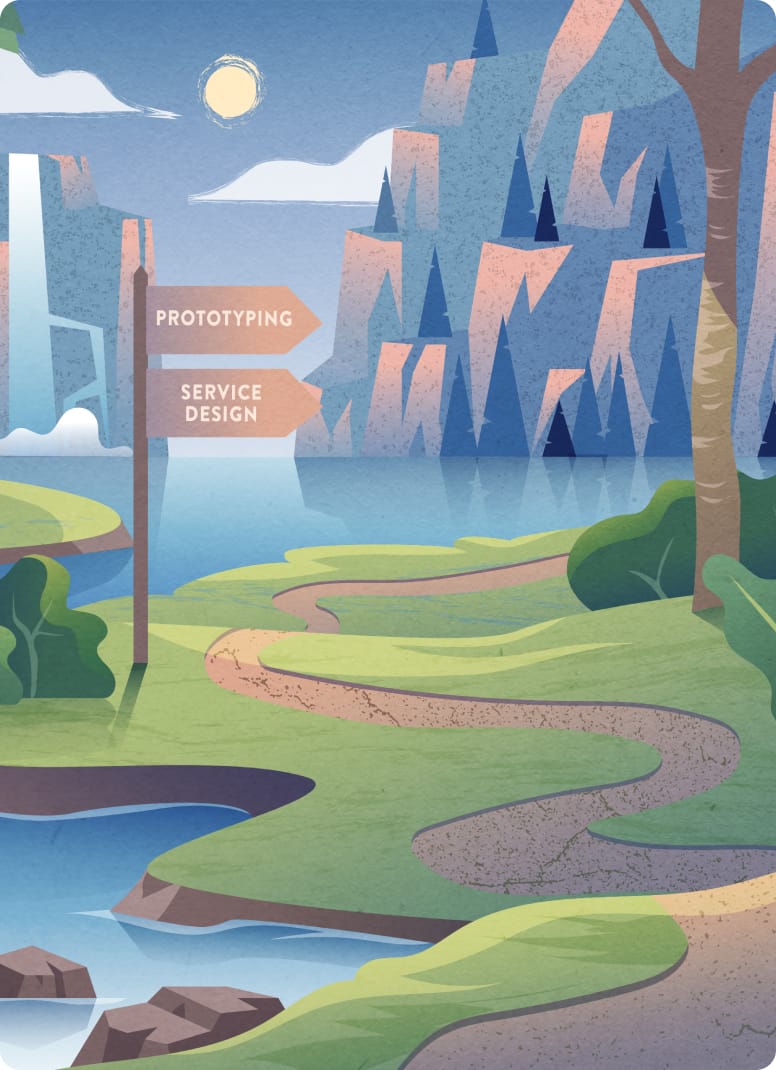About Mileage
Our mission is to help businesses grow using trusted marketing strategies, tools, and people.

01/07
Digital Marketing Solutions to Grow Your Business
At Mileage Design, we’re more than a digital marketing agency – we’re your growth partner. From strategy to execution, we help small and medium businesses dominate their markets with measurable results.

02/07
Website Design and Development for Business Growth
Stand out with expert website design and development. Whether you need a responsive new site or optimized performance, our talented team of experts are ready to help solve your online traffic challenges.

03/07
SEO Services to Boost Your Search Rankings
Harness the power of SEO to attract customers actively searching for your services. Our tailored strategies help you increase quality website traffic and improve authority in the eyes of Google and other leading search platforms.

04/07
Email Marketing and Pay-Per-Click Advertising That Drive Results
Strategic email marketing and pay-per-click advertising go beyond impressions – they move prospects through your marketing and sales funnel. At Mileage Design, we craft, analyze, and optimize campaigns to ensure consistency, build engagement, and deliver measurable growth.

05/07
Social Media Marketing That Drives Engagement
Social media isn’t just about likes; it’s about loyalty. With custom graphics, engaging posts, and targeted campaigns, we help our clients keep the attention they have earned.

06/07
Local SEO and Reputation Management Experts
Capture the attention of your community with Local SEO and reputation management. We optimize your Google Business Profile, build citations, and enhance reviews to put you on the local map.

07/07
Fractional Marketing Services for Growing Businesses
Need a strategic partner without the overhead? Our fractional marketing services bring the expertise of a full team to your business – when and where you need it most.
Who We Are
Mileage Design is a full-service digital marketing agency dedicated to helping businesses grow and dominate their markets. We partner with small and medium businesses across industries—manufacturing, non-profits, professional services, home services and more — to deliver measurable results and long-term success.
We are not just service providers; we are an extension of your team, leveraging decades of experience and a powerhouse of of specialists to solve your digital challenges. Whether it’s designing an intuitive website, optimizing for SEO, launching targeted campaigns, or managing social media, we approach every project with one goal: your growth.
At our core, we believe in data-driven strategies, creativity that connects, and consistent results that matter. We bring expertise, innovation, and transparency to every client relationship, ensuring you’re empowered to make decisions that fuel your business forward.

What We Do
We help leaders discover new possibilities through design-thinking.
We put humans first, to design, build, and launch meaningful experiences. We combine design thinking with powerful design capabilities to realize compelling solutions across a variety of challenges: digital, physical, and social.
We make sense of the most modern technologies to design services and experiences that surprise and delight the people who use them. By working in lockstep with our clients to meet customers’ needs and to exceed their always growing expectations, our craft enables businesses to transform and flourish in complex environments.
As technology advances, it rapidly changes the way people live, work, and play – and their expectations shift at an equal rate. Right at this moment, we’re talking about machine learning, voice-activated assistants, on-demand services, and self-driving cars, but innovative technologies arise all the time. Mileage Designers strive for elegant simplicity – understanding that great design is invisible. It’s difficult to achieve; still, it’s vital for focusing our minds on our users and helping us to make sense of complex environments.
Attaining sustainability in this world where technology, lifestyles, and expectations never subside, is a considerable challenge. A challenge that we wake up and tackle with urgency every day.
What We Believe
At Mileage Design, a premier digital marketing and website design agency based in Cleveland, Ohio, we bring together forward-thinking strategists, data-driven marketers, innovative technologists, and results-oriented designers to create impactful digital solutions. Our multi-disciplinary teams collaborate to tackle complex challenges, helping businesses grow and thrive. We embrace flexibility, innovation, and a commitment to delivering measurable success for our clients across Northeast Ohio and beyond.
Simplicity Drives Success
Effective website design is as much about clarity as it is about creativity. From responsive layouts to seamless user experiences, we believe the best websites are intuitive, visually stunning, and built to convert—helping businesses in Cleveland and beyond leave a lasting impression.
Curiosity Fuels Innovation
Our team thrives on exploration, staying ahead of industry trends in website development, SEO, and pay-per-click advertising. Whether creating a new website for a business in Cleveland or optimizing an existing site for search engines, we are constantly innovating to uncover new opportunities for growth.
Optimization is Continuous
Websites are never "done"—they evolve with your business. We monitor performance metrics, refine designs, and implement real-time updates to ensure every website delivers consistent, measurable results. Cleveland businesses rely on us to keep their websites optimized and ready to perform.
Human-Centered, Data-Driven
Great website design starts with understanding your audience. By blending user-first thinking with data analytics, we create websites that are not only beautiful but also strategically designed to drive conversions and engage customers across Cleveland, Ohio, and beyond.
Collaboration Sparks Growth
The best websites are born from collaboration. We partner with Cleveland-based businesses and organizations across industries to design and develop websites that reflect their unique brand, ensuring every detail aligns with their goals.
Growth is Goal
Every website we design, every campaign we launch, and every optimization we make is aimed at one thing: helping your business grow. Whether you’re a Cleveland manufacturer looking for a new website or a professional service brand seeking a redesign, Mileage Design is your partner for digital growth.
Services
Digital and Print Design
Blending creative design and strategic thinking to build the assets that power brand success.
Read more »



